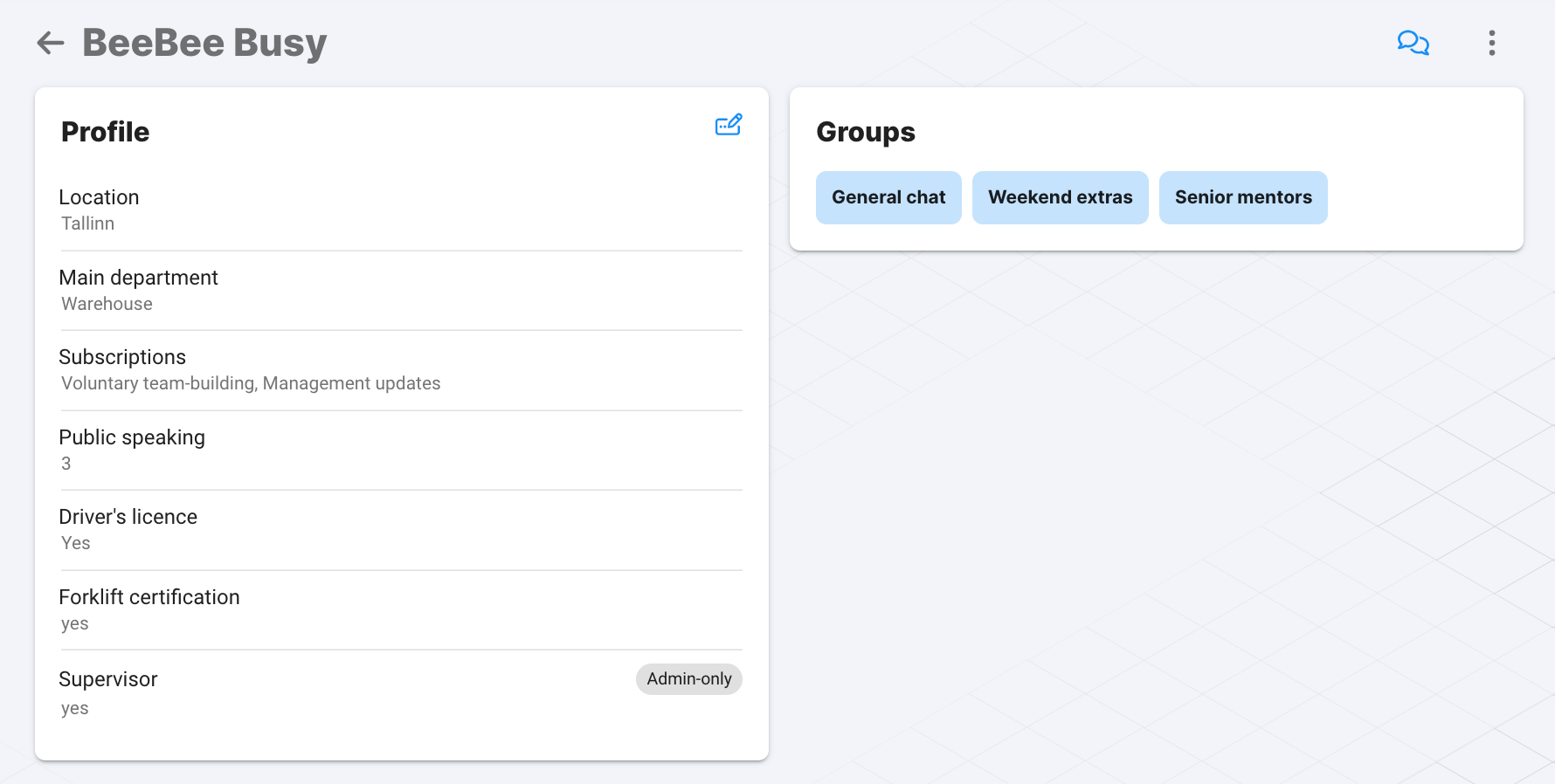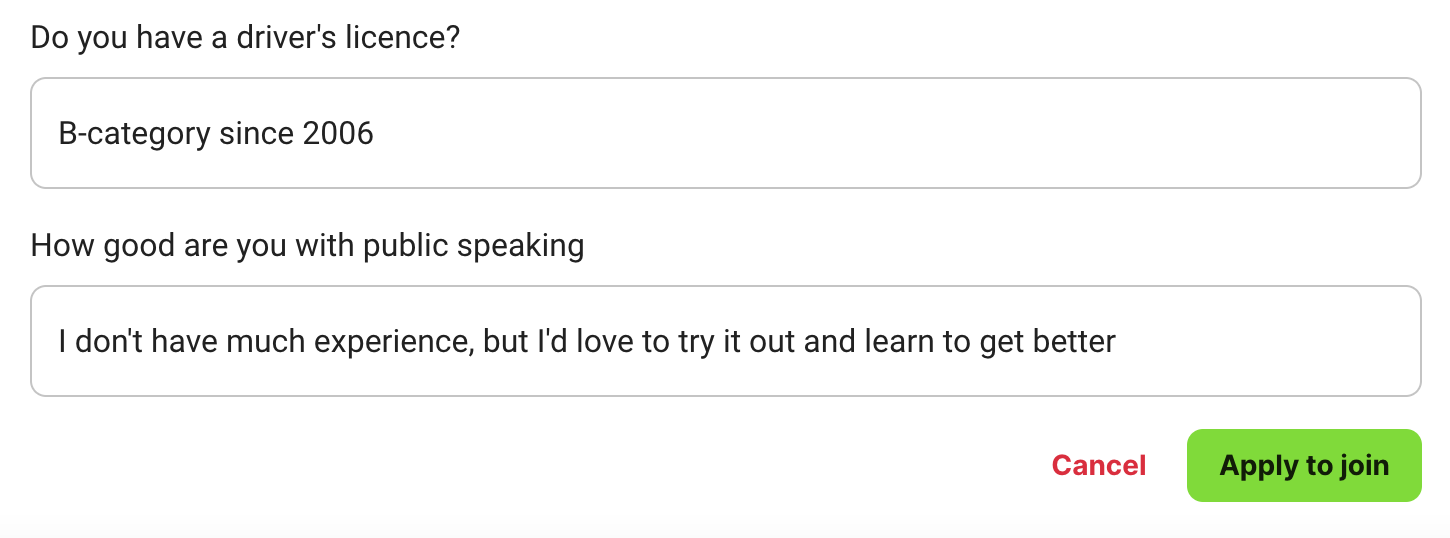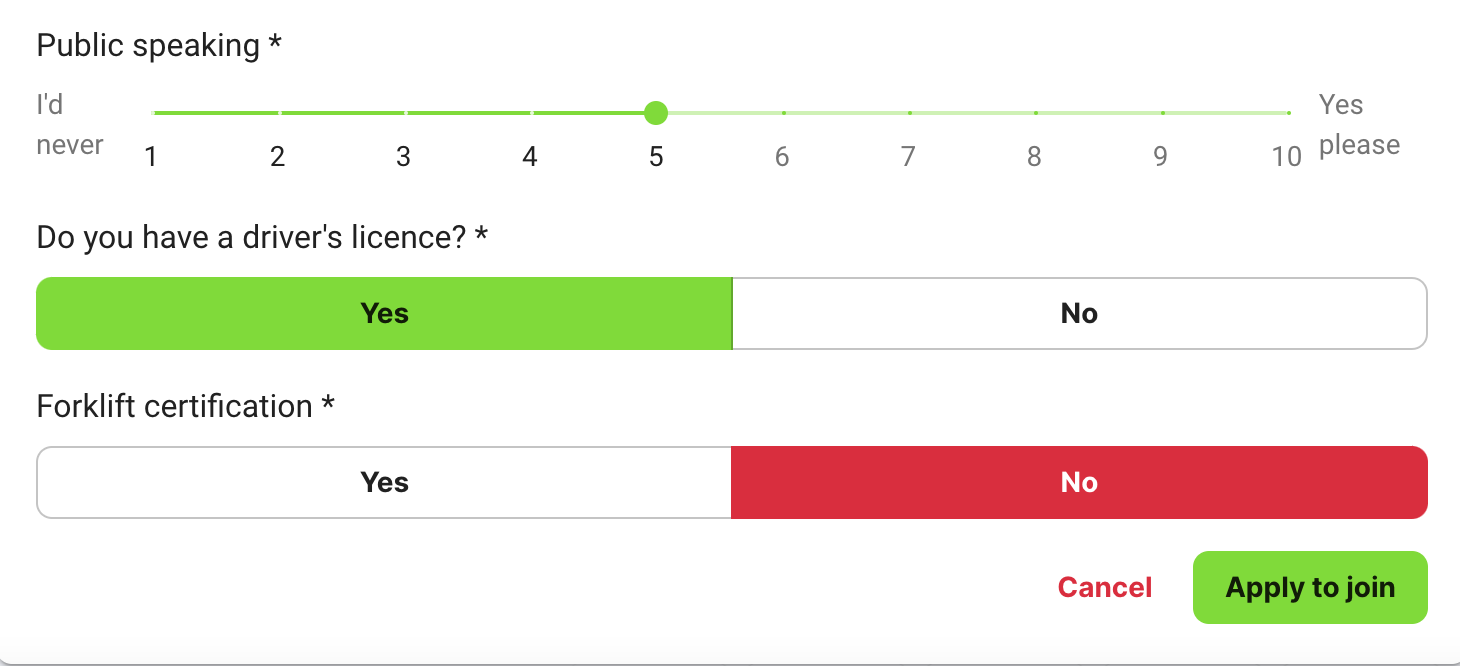What is a contingent workforce program
A contingent workforce program is a system for managing temporary or contract employees. These employees are not permanent members of a company’s staff, but are hired on an as-needed basis to fill specific roles or complete specific projects. Contingent workforce programs can help companies to be more flexible and responsive to changing business needs, as they allow organizations to quickly bring in specialized talent or additional staff as needed. Contingent workforce programs can include a variety of different types of workers, such as freelancers, independent contractors, temporary employees, and more.
If you’re managing an organisation with more than a dozen people in the workforce, you’re probably aware how easily communication can become overwhelming. Whether you’re onboarding temp workforce from an on-demand staffing agency or managing your own contingent employees – by sending out digital communication, you’re competing with all the other updates from the internet.

How to communicate with contingent workforce
It doesn’t matter whether you’re using a dedicated contingent workforce management app or plain old e-mail, each one of your messages creates a small distraction. When it gets overwhelming, your people will disengage. Some may unsubscribe or turn off notifications, some may just develop a kind of a banner blindness towards your messages.
Getting the messages through is a common challenge for marketers who send activation messages to prospects and clients. And it’s not a surprise that pushing people towards productivity isn’t that much different.
Improve collaboration with relevant communication
Contingent workers are not on full-time payroll waiting for your messages, but you usually want to reach them quickly when scheduling urgent work and upcoming shifts.
To reduce alert fatigue, it is tempting to cut down the amount of notifications by simply sending less. But trying to say everything with one single message can become a long-read monster that is impossible to consume.
A better way to go is to focus on what’s relevant for the recipient. It’s annoying to scroll through that one long e-mail where I’m only interested in the last paragraph. But it’s quite nice to get five brief messages that are really to the point.

Sending out personal messages is out of the question when your team has more people than conveniently sits around a coffee table. But with a little preparation you can put yourself in the position where you can target relevant information to relevant people.
Create a communication strategy for your contingent workforce
In order to focus your messaging towards the right people, you need to decide on a strategy. This doesn’t have to be anything complex, but it’s worth taking a few hours to think through what information usually gets communicated, and how you should group the recipients.
Map out relevant categories that help you segment your communication in the future. There are very many ways to approach this, so you should come up with a strategy that makes sense for your organisation.
- Departments. If your organisation already has some structure, use it!
- Locations. Are your people scattered around the town? Across the whole world? If this matters at all, make sure you know where they’re currently located.
- Skills. Sometimes it makes sense to keep track of everyone’s superpowers. Are some people certified in a trade? Do they have a special knack at a certain procedure? So you could actually use this information later, be specific about the skills that are actually relevant for your team – let them pick from a list instead of describing in their own words.
- Interests. Does this person care about the management newsletter? Will they appreciate deadline reminders? Find out and you can provide the most relevant information when and where it’s needed.
- History. If you’re sending out task reminders, send to only those who have not completed the assignment yet. If you’re informing people about an exclusive and limited opportunity, you can probably not send to those who have previously signed up and failed to show up.
Keeping track of this information in a convenient way helps you target all future communication. You might have an organisation-wide people database that you can use and edit, or maybe you need to set up your own. As long as you are able to understand and use the data, it can even be a simple spreadsheet (just be extra careful about data protection).

Create your contingent worker database
While you probably already have some of the information, you may need to source the additional details directly from your team members. When asking questions, don’t forget to explain why you need this information, and how you will use it towards better communication.
- Forms.
The most common way to source data is send around a form and have people input their data. It’s still critical that they understand the reasoning behind the questions – writing a clear explanation to go with the form can help with this. - Interview.
If you have the time (or a small team), then one-on-one conversations can be a priceless way to create meaningful relationships and earn trust from your team members. You should still document the information in a form or a spreadsheet so that it can be entered into your database later.
Relevant data = effective communication
In order to use this data later, you should log information in a relevant format. Most digital tools let you choose different formats for questionnaire fields and database columns. While it’s really tempting to just ask and let them answer – the different formats are there for a reason.
Letting your members write freeform text is exactly what you don’t want to do. Grouping the people according to their answers will be super difficult if every single answer is different. By giving them a list of choices, you can guide people to submit data that you can actually use later.


Set communication rules and stick to them
When communicating information to your team, make sure it’s always clear why they’re receiving the targeted communication from you. It’s not fun to explain why someone wasn’t included in an e-mail, unless you can easily explain your structure and strategy. And be ready to adjust your categories – if someone feels they should have gotten the message but didn’t, you might need to make adjustments to your targeting strategy.
You can definitely find a good way to structure and target your team with any kind of digital tool. But if you’re not yet sure which app is the best for your team, here is our shortlist of the best contingent workforce management software.
Or jump directly to create a free project on Zelos – our task dispatch and communication tool that is perfect for contingent teams.